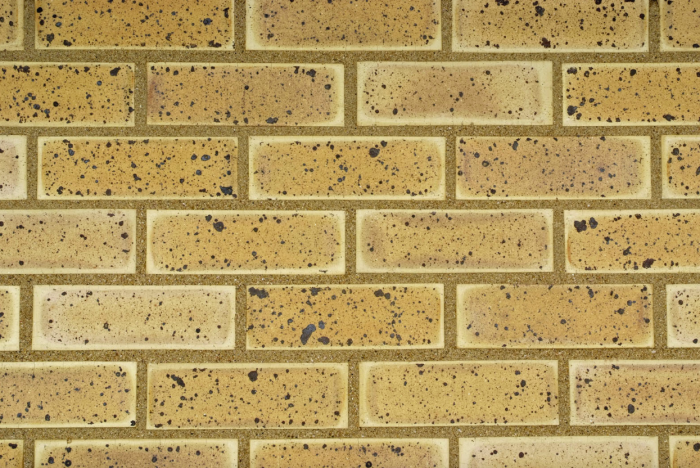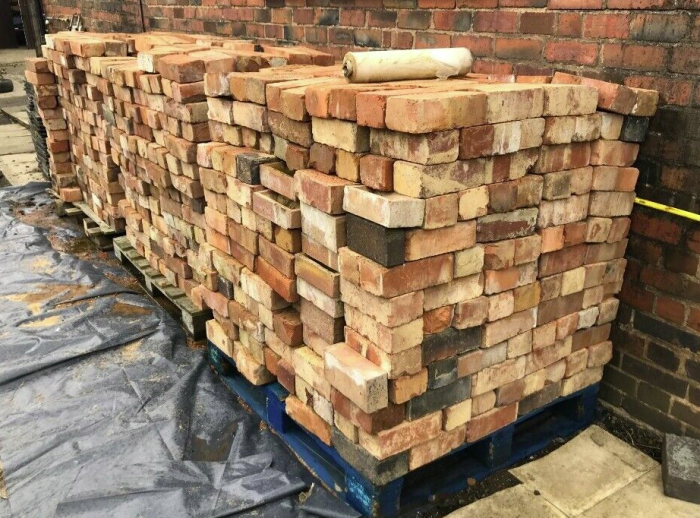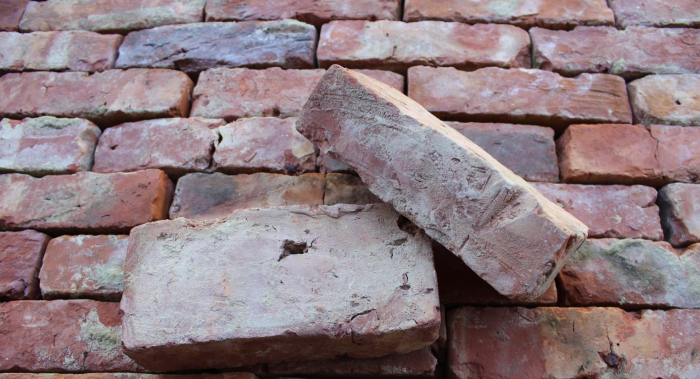Face Brick

Face brick is used where wall surfaces are exposed to view and require a finished decorative effect.
Common Brick

Common brick are less expensive than face brick and have typically been used in older buildings where uniform brick color, texture, and shape are not required.
Over the years, common brick have been used extensively as facing for weather-exposed walls, but common brick are not a face brick. Brick used in this application were supposed to be used with a mortar that will not cause efflorescence.
For metropolitan New York, huge clay deposits on the upstream banks of the Hudson River provided massive amounts of common brick. In 1928 alone, 1,300,000,000 bricks descended the river on barges. By 1937 the annual count (common brick only) was still 450.000,000.
Salvaged Brick

Salvaged brick is brick that has been recovered from a demolished building. Over time, dust, dirt, grit, old mortar, and other contaminants typically block brick capillary pore entrances.
Blocked pore entrances reduce the quality of brick-to-mortar adhesion, and this poor adhesion is one of the principle causes of water penetration into buildings, efflorescence, and sometimes disintegration. Adhesion strength between mortar and salvaged brick is typically about half the strength of mortar adhesion to new brick, and consequently, has about twice the failure rate.
